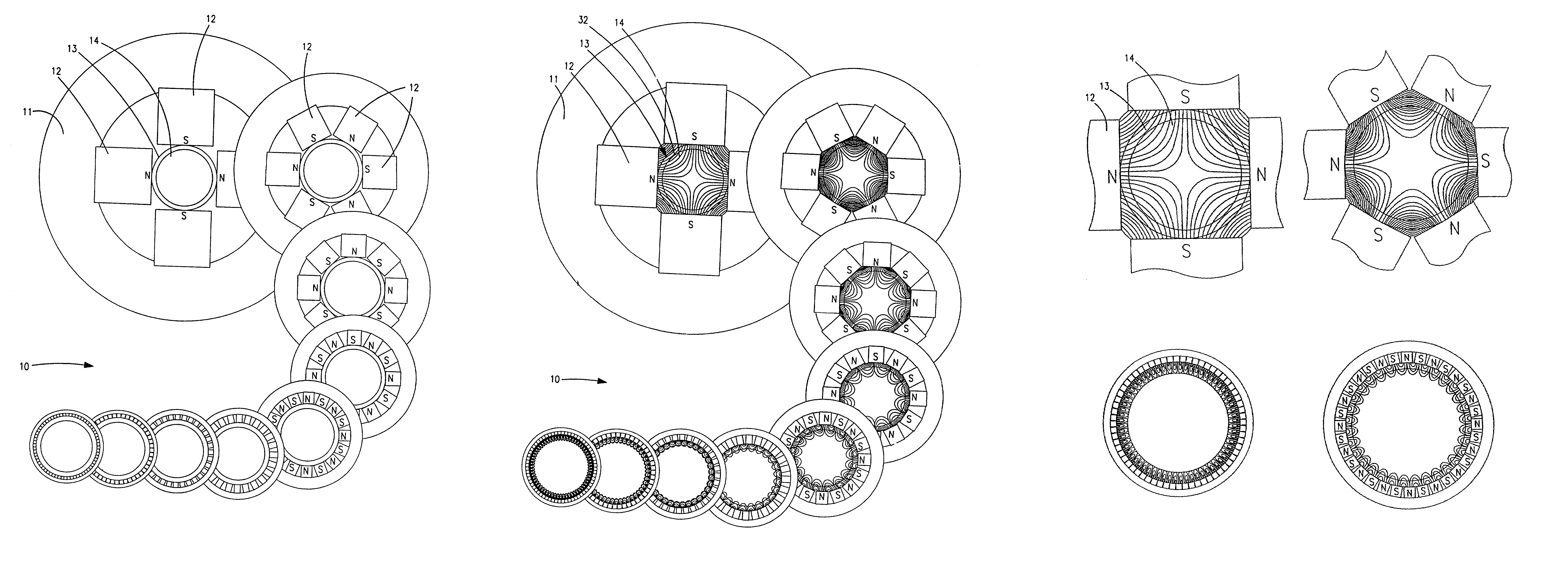Apparatus and methods for magnetic separation
a technology of apparatus and methods, applied in the field of bioparticle isolation, can solve the problems of non-separable solution of colloidal magnetic materials, large magnetic forces generated by gradient fields normally used to filter such materials, and inability to separate colloidal magnetic materials from solution,
- Summary
- Abstract
- Description
- Claims
- Application Information
AI Technical Summary
Benefits of technology
Problems solved by technology
Method used
Image
Examples
example 1
[0133]The ability to detect and enumerate epithelial cell derived tumor cells in peripheral blood opens new perspectives for the early diagnosis and monitoring of patients with cancer. The finding that such cells appear in the blood in tumors still thought to be localized to the primary site and the finding that the number of these cells per blood volume is correlatable with the activity of the disease or the tumor cell load opens new perspectives in the management of patient with cancer (PNAS, 1998). The frequency of these cells is, however, extremely low and for screening purposes a sensitivity of 1 tumor cell / 1–10 ml of blood is required with a high degree of precision. Requirements for the technique used to prepare the blood sample for analysis are volume reduction, reproducible recovery of tumor cells of at least 75% and a low carry over of non target cells (<0.01%) and other non target substances. With the use of biospecific colloidal magnetic particles in concert with the hig...
PUM
| Property | Measurement | Unit |
|---|---|---|
| thickness | aaaaa | aaaaa |
| thickness | aaaaa | aaaaa |
| sizes | aaaaa | aaaaa |
Abstract
Description
Claims
Application Information
 Login to View More
Login to View More - R&D
- Intellectual Property
- Life Sciences
- Materials
- Tech Scout
- Unparalleled Data Quality
- Higher Quality Content
- 60% Fewer Hallucinations
Browse by: Latest US Patents, China's latest patents, Technical Efficacy Thesaurus, Application Domain, Technology Topic, Popular Technical Reports.
© 2025 PatSnap. All rights reserved.Legal|Privacy policy|Modern Slavery Act Transparency Statement|Sitemap|About US| Contact US: help@patsnap.com



